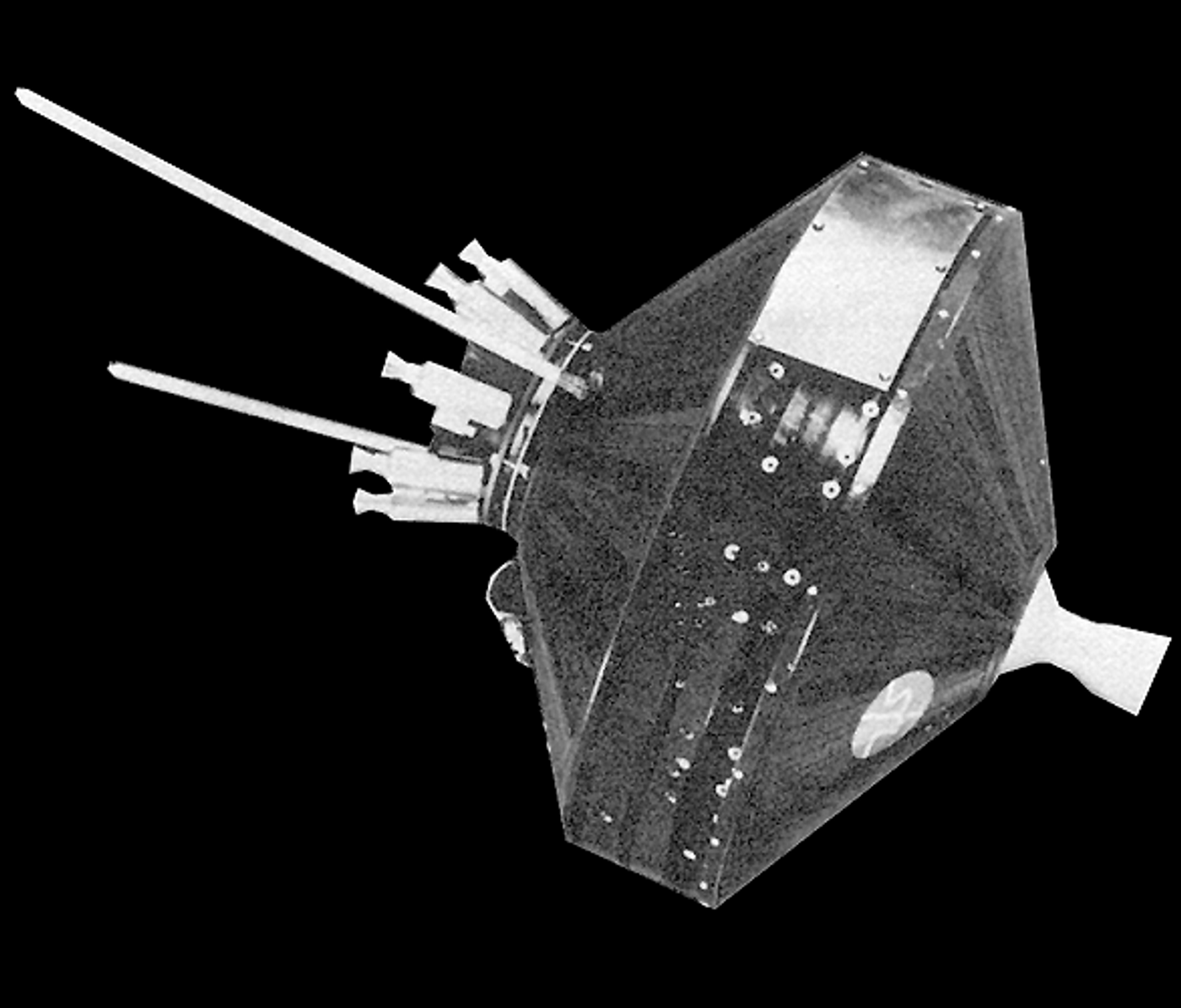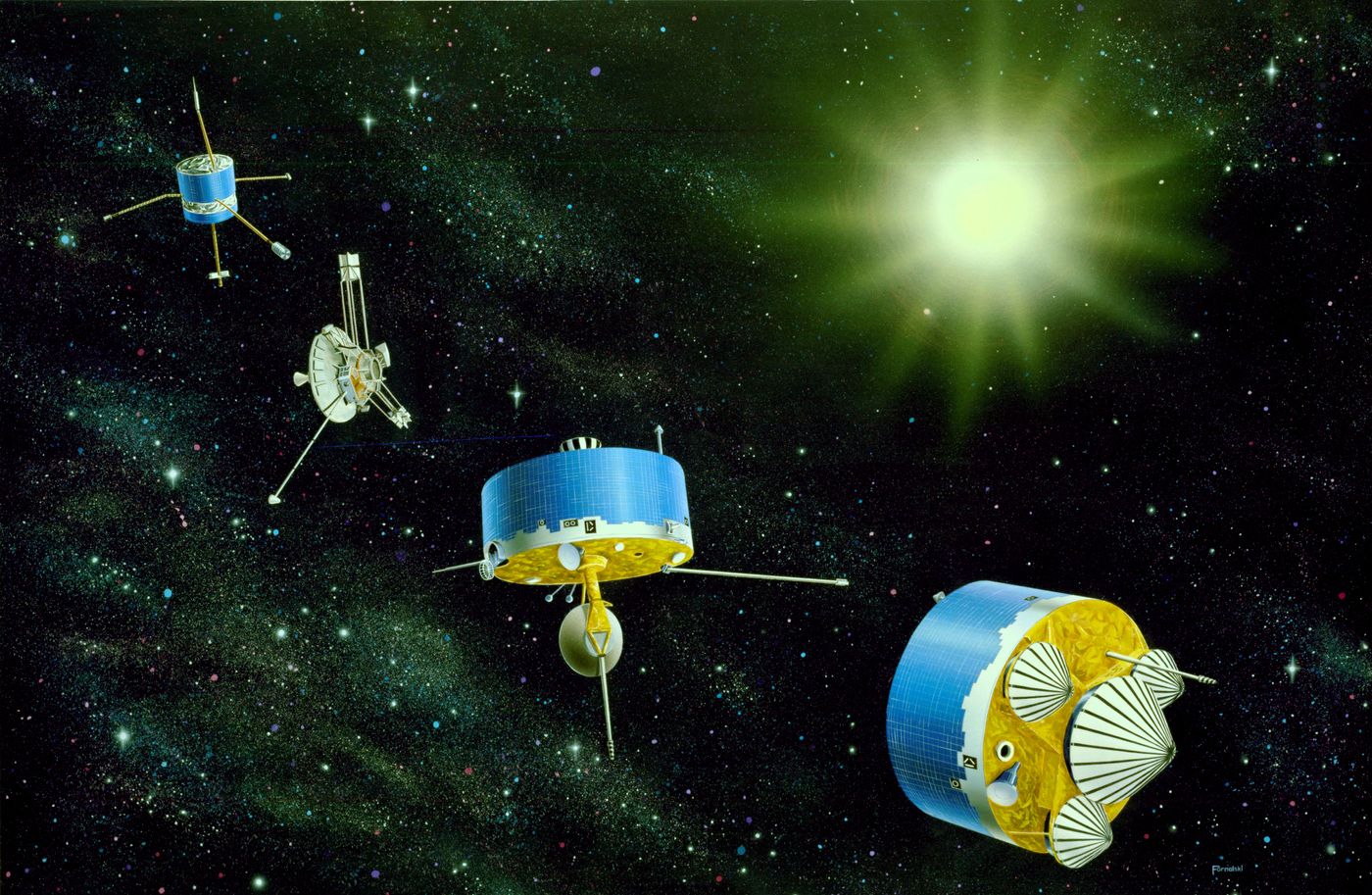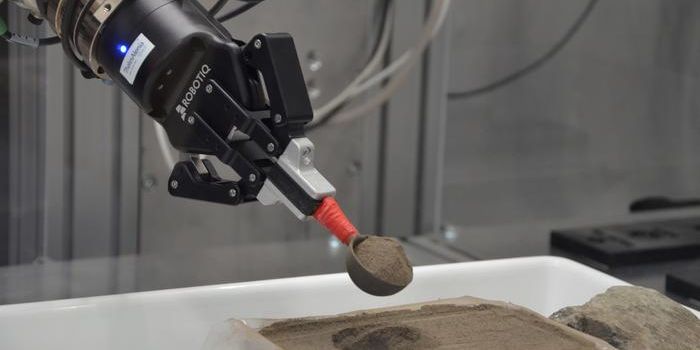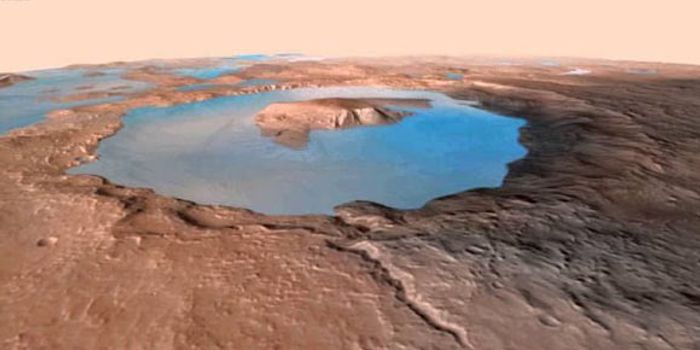Looking Back in Space: NASA's Pioneer Program
This series will explore historic space missions from the start of the Space Age to the present day, including both crewed and robotic missions. Here we will investigate the scientific rationale behind each mission and, most importantly, what we learned from these early missions and how they helped shape future missions that will launch to the Moon and Mars within the coming years.
SpaceX is launching and landing rockets with ease, and NASA’s Space Launch System is about to have its maiden flight before it takes astronauts back the Moon in the next few years. But the Space Age didn’t start off running at full speed, as there was a slow crawl followed by a few stumbles on our way to beating the Soviet Union to the Moon. Here, we will discuss NASA’s Pioneer Program. The experimental Pioneer Program was the first conducted by NASA and was operated from 1958 to 1978, with the first launch of the program occurring less than a month after the space agency was officially founded in July 1958.
While the first few missions of Pioneer (0-4) had the goal of exploring the region around the Moon, later Pioneer spacecraft were launched to investigate specific planetary bodies or other space phenomena, such as interplanetary-particle and magnetic-field effects. Unfortunately, much like SpaceX had trouble initially landing their rockets on ocean barges, NASA also had their own hiccups during their first missions. Pioneer 0’s booster exploded shortly after liftoff and Pioneer 1 experienced a booster malfunction and failed to reach Lunar orbit. While the latter mission sent back data on radiation and magnetic fields in near-Earth space, it unfortunately re-entered Earth’s atmosphere 43 hours after it launched. But with every new mission, NASA learned from its mistakes. After Pioneer 3 experienced a booster failure that prevented it from achieving escape velocity, Pioneer 4 then became the first spacecraft to escape Earth’s gravitational pull only a few short months later, ultimately flying within 60,000 km (37,282 miles) of the Moon.
The proceeding Pioneer missions achieved enormous success, with each mission traveling father out and allowing us to gain even more knowledge about the solar system. Pioneer 5 launched in March 1960 and successfully examined the interplanetary space between the orbits of Earth and Venus. Pioneers 6 through 9 were launched in the mid- to late-1960s and were designed to examine space phenomena such as solar wind and the interplanetary environment from several widely separated points in space. All four spacecraft lasted well into the 1980s and 90s, with Pioneer 6 operating for over 30 years since launch.
Pioneers 10 and 11 took leaps and bounds beyond their predecessors, becoming the first spacecrafts to study beyond Mars, with both spacecraft flying through the asteroid belt and conducting flybys of Jupiter, with Pioneer 11 also conducting a flyby of Saturn. Much like the later Voyager spacecrafts, Pioneer 10 and 11 are now traveling toward interstellar space since their missions have concluded.
After the success of Pioneer 10 and 11, NASA turned its gaze back to the inner solar system, launching the Pioneer Venus Orbiter to Venus in May 1978 and arriving in December 1978 to investigate Venus’ upper atmosphere and ionosphere, as well as conducting radar mapping of the surface and investigating the solar wind in the Venusian environment. The probe was equipped with countless instruments initially designed to last only one year, but most of which were operational even as the spacecraft burned up in Venus’ atmosphere in October 1992 due to the spacecraft being low on fuel.
The final mission in the Pioneer program was the Pioneer Venus Multiprobe, which was launched in August 1978 arriving at Venus in November of that same year. The mission was designed to study the Venusian atmosphere in detail and consisted of one large and three small atmospheric probes, all of which entered the atmosphere in December, all of which sent back data about the environmental conditions and composition of Venus’ atmosphere.
While initially getting off to a shaky start, NASA’s Pioneer Program ultimately displayed what humanity can achieve by learning from their mistakes and taking greater risks to study the unknown. This program is a testament to the tireless dedication to science and the study of the cosmos. The lessons learned from Pioneer ultimately paved the way for both robotic and human space missions in the coming years and decades, and should be given credit as laying the groundwork for the upcoming Artemis missions to the Moon.
Sources: Universe Today, Britannica, Historic Spacecraft, NASA, NASA (2)
As always, keep doing science & keep looking up!










